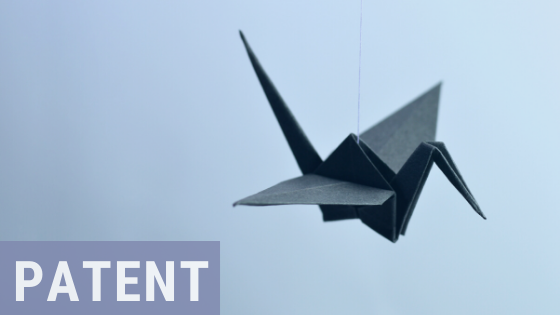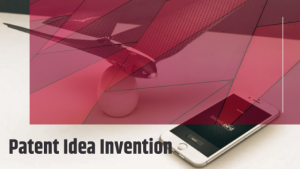What it is
Patents may be obtained for useful inventions, thereby including machines, articles of manufacture, processes, and compositions of matter. A utility patent is distinguished from a design patent in that the utility patent covers the functional aspects of the invention, while the design patent covers the ornamental aspects of a useful device.
Accordingly, utility patents are much stronger and more difficult to design around than are design patents. For example, if one could obtain a utility patent for a platform with a means for support (i.e., a table), such a patent claim would effectively prevent anyone else from making almost any table. Such would be an extremely powerful patent as explained in https://www.hngn.com/articles/227862/20200113/what-can-the-experts-at-inventhelp-do-for-you.htm post.
Requirements
The essential requirements for a utility patent are that it be useful, novel and non-obvious.
1. Utility – the device or process must have a purpose. Since nearly everything is useful, nearly everything meets this patentability requirement.
2. Novelty – the device or process cannot have been done before. This basically means that it cannot have been described in a single patent or other publication.
3. Non-obviousness – the device or process cannot have been an obvious invention to one who is skilled in the field of art that the device or process falls into. This is typically the most difficult rejection to overcome. However, to reject on this basis, the patent office must find two or more patents or other publications that would have been available to one who practices in the field of the invention that when taken together disclose all the elements claimed in your patent application.

Term (life)
The term of a utility patent filed on or after after June 8, 1995 is 20 years from the date of filing of the application or its earliest priority date. Derivative applications such as continuations, continuations-in-part, and divisional applications will typically be limited to the same 20 years from the filing date of the original application as to any common matter. A patent application in process on June 8, 1995 still retains the former term of 17 years from date of issue.
Types – parents and children
The initial patent application is often called a “Parent” and applications that are filed that take priority to it are often called “Children”. As mentioned above certain derivative child applications can arise from a parent patent application, but may be restricted to the term of the original patent as described on https://millennialmagazine.com/2020/01/13/dont-give-up-on-your-invention-idea-turn-to-inventhelp/.
Continuation – this is essentially the same application with a new set of claims to the original invention.
Continuation-in-part – this application is similar to a continuation, but includes some matter that wasn’t in the original application and claims to some or all of the new matter.
Divisional – when the patent office determines that there is more than one invention in a patent application, it will require restriction to one of the inventions. This is done by withdrawing (and eventually cancelling) the claims to the other invention(s). The applicant can re-file the application as a second application called a divisional with the claims that were withdrawn from the first application.
Maintenance fees
Except for plant and design patents, and reissues of patents that weren’t required to pay maintenance fees, all patent filed on or after December 12, 1980 require maintenance fees.
For small entities (individuals and small companies) the fees are:
- From 3 to 3.5 years, or up to 4 years with surcharge
- From 7 to 7.5 years, or up to 8 years with surcharge
- From 11 to 11.5 years, or up to 12 years with surcharge
Large entities pay double the small entity fee.


